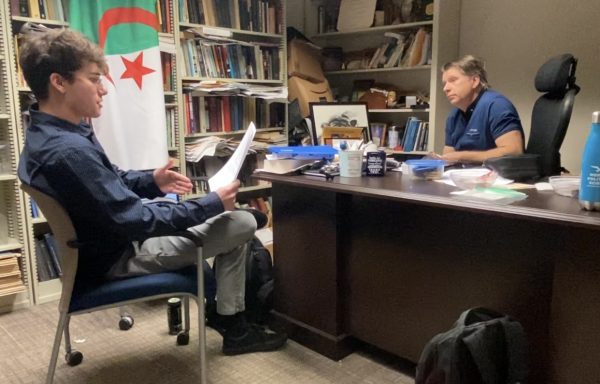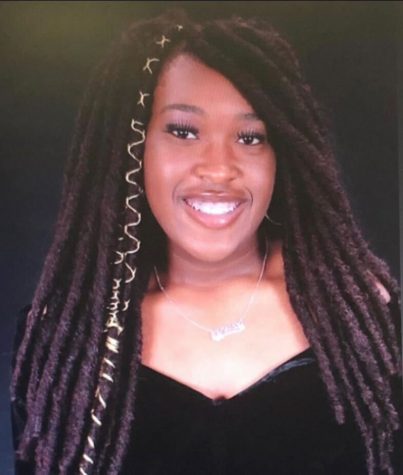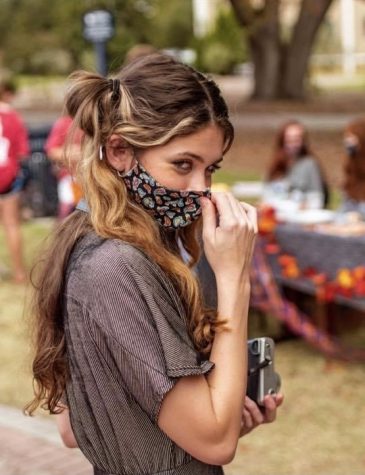Banning guns is not the answer
April 8, 2014
It seemed like déjà vu all over.
Flipping on the news the night of April 3 brought back memories of the first shooting at Fort Hood, Texas, back in November of 2009. That, of course, would be the shootings committed by Nidal Hassan, a psychiatrist in the United States Army. Hassan was convicted last year of killing 13 people as well as injuring over 30 more.
A very similar incident happened last Wednesday at the same exact base. Army Specialist Ivan Lopez allegedly opened fire on his fellow soldiers, killing 3 and injuring 16 before taking his own life. The motive for this shooting, as of now, is unclear. A lot of people that are not familiar with the military culture ask how on earth this could happen on a military installation. As Marine Corps veteran, I believe what made this shooting possible is that military installations are somewhat of a gun-free zone. In my experience, all of the troops’ weapons are accounted for at the base armories. The only people on base, for the most part, that are allowed to have guns are the Military Police. That’s it. You take into account on how big some installations are and that can be a scary thought. Fort Stewart, for example, expands across approximately 280,000 acres. That computes to roughly 438 square miles. That is a lot of area to cover for MPs. If you factor in how easy it is to get a gun onto base, you get last Wednesday’s shooting.
Before I go any further, I want to point out that these views do not necessarily reflect those of active duty military personnel and veterans everywhere. What I propose is this: Staff Non-Commissioned Officers In Charge and Officers In Charge should have to carry a standard issue 9MM Beretta, or M9, with them at all times. By maintaining a presence of guns, we might prevent the next Hassan or Lopez attack. Unfortunately, we cannot accomplish much without the presence of guns












